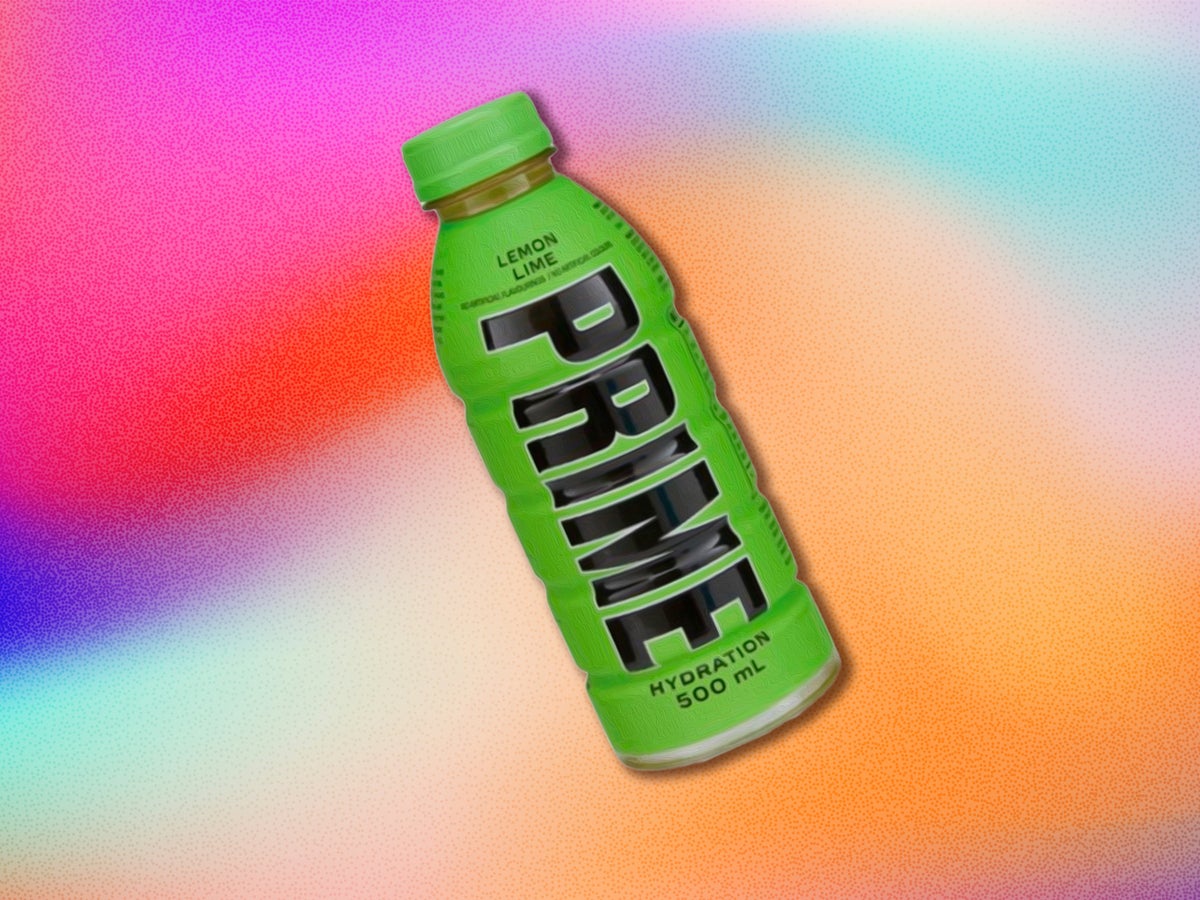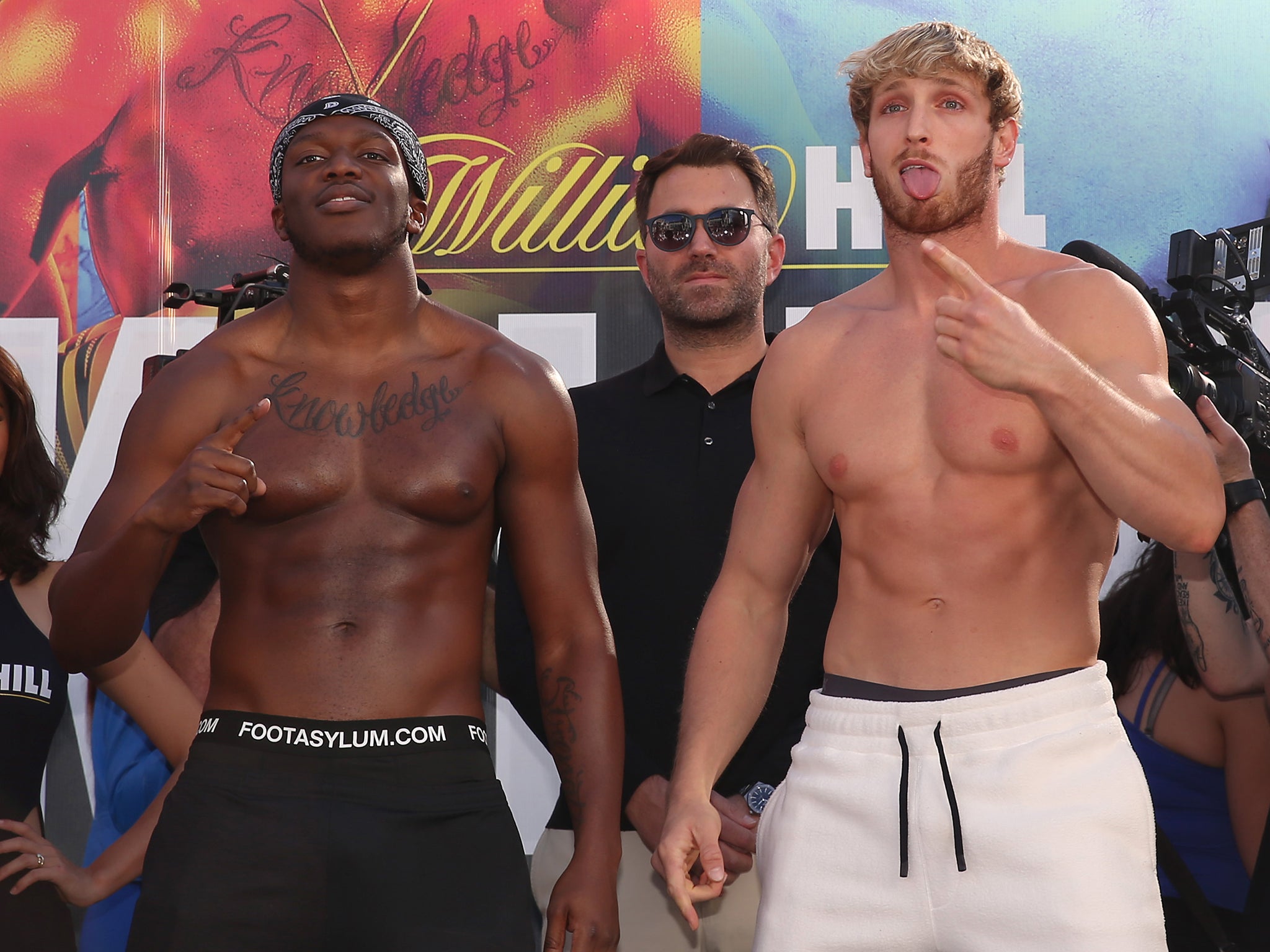
If you’re a teenage boy, the most important social capital you can have on the playground right now isn’t the latest iPhone or whichever sneaker brand is currently trendy. No, it’s actually an energy drink – specifically, a bottle or can of Prime.
When the “sports drink” backed by YouTubers KSI and Logan Paul first hit the shelves in January 2022, the hype was undeniable – it sold out across the US within hours of its launch and spawned thousands of taste-test videos on TikTok. The UK reaction was much the same, with queues of boys between the ages of 12 and 17 snaking around supermarkets before opening time, eagerly awaiting restocks.
Due to soaring demand, supermarkets began limiting shoppers to two or three bottles per person and upped prices from around £1.50 or £1.99 a bottle, to over £2. Some smaller shops have been found to carry bottles at vastly inflated prices, with TikTokers discovering Prime on sale for as much as £17 on London’s Oxford Street.
Caitlyn Murphy, who lives in London but is from Canada, recalls her 14-year-old son being one of those boys lining up outside his local Sainsbury’s at 6.50am this past January. She says she was aware of the hype surrounding Prime long before it reached British shores. “There were all kinds of stories at school, like so-and-so’s mum was a pilot and she brought back a case, that kind of thing,” she tells me. “It was really a craze.” Her family travelled to Canada last October and she bought each of Prime Hydration’s eight flavours for her children. “They liked the confidence boost it gave them, it was a type of status [symbol]. They made videos and showed their friends.”
The wild popularity of Prime can be credited to KSI and Paul. KSI, a British rapper and boxer whose real name is Olajide Olayinka Williams Olatunji, has 24.1 million subscribers on YouTube, 11.1 million followers on TikTok and 12.7 million followers on Instagram. Meanwhile, YouTuber-turned-boxer Paul boasts 23.6 million subscribers on the video-sharing platform and 25.5 million followers on Instagram. Combined, these two men wield influence over nearly 100 million followers – more than the population of Vietnam.
But there’s also some real business savvy to their product of choice. The vast majority of KSI and Paul’s shared fanbase are boys between the ages of 12 and 18, a demographic which – long before both men were even zygotes – has always had an affinity for energy drinks.
You think that as a parent you need to keep your kids away from drugs and alcohol and partying, but maybe we should be keeping them away from energy drinks, too— Kerry Ganley
It’s important to note that there are two different Prime products. Prime Hydration is a type of glorified coconut water that contains electrolytes to replenish hydration, antioxidants and B-vitamins. It’s been widely marketed as a sugar-free sports drink to help drinkers “refresh, replenish and refuel”. Meanwhile, Prime Energy, which became available in the UK this month, is an energy drink containing a whopping 200mg of caffeine in each 335ml can. A warning on the back of each can states that it is not recommended for children under 18.
But despite the warning, the drink has proven difficult to keep out of children’s hands. The sky-high caffeine level in Prime Energy - which is nearly double that of Red Bull - far exceeds the daily recommended limit for children, which experts say should be between 45mg to 100mg, depending on their age. In the UK and the US, some schools have decided to ban any Prime products altogether, after it emerged that students were selling bottles of the stuff to one another for profit.
Kerry Ganly, a mother-of-two from Derbyshire, says her 15-year-old son did just that with an opened bottle of Prime Hydration. She bought two bottles for her children from Sainsbury’s on a whim, after they said they were “desperate” for it, but neither child liked the flavour of the drinks. “They said the Ice Pop flavour tasted like Calpol and it was just too sweet,” she recalls. “[But] my son went on a school trip with his friends and was able to sell one of the opened bottles for something like 100 per cent profit.”
Ganly thinks the marketing for Prime has been relentless and contributed to her children’s desire to get ahold of it. Ads for Prime have appeared outside football stadiums and seem baked into the algorithms of TikTok and Instagram. “You can’t go anywhere without Prime adverts being around,” Ganly says, while adding that the brightly coloured bottles are a key point of attraction as well. She also thinks the drinks should come with a warning label. “I didn’t realise they had so much caffeine, I don’t know if my kids did either,” she says. “You think that as a parent you need to keep your kids away from drugs and alcohol and partying, but maybe we should be keeping them away from energy drinks, too.”
Energy drinks have long been popular among children, much to the dismay of health experts. A 2018 study by the Royal College of Paediatrics and Child Health (RCPCH) found that energy drinks were consumed by more than two-thirds of 10- to 17-year-olds. The RCPCH called for a ban on the sale of such beverages to under 16-year-olds at the time and said that energy drinks have the opposite effect on young people, often “making them lethargic, agitated and anxious.”
Other health professionals have also spoken out against the consumption of energy drinks among children and teenagers, warning of the detrimental impact to their health due to the high sugar or artificial sweetener content. The NHS recommends a daily sugar limit of no more than 30g a day in children above the age of 10 and adults, but drinks like Monster contain 55g of sugar per 500ml can . Dr Linda Greenwall, founder of the Dental Wellness Trust, says that many energy drinks “offer zero nutritional value and are packed with excessive sugar, which can lead to obesity and severe tooth decay.”
Meanwhile, Dr Kawther Hashem, campaign lead at Action on Sugar, adds: “The rising consumption of energy drinks among children and young people continues to be a growing public health concern due to the high caffeine and sugar content of these drinks and how addictive some of them can be. Despite the warning labels on most energy drinks stating they are unsuitable for children, the government has yet to implement its policy recommendation to prohibit their sale to this demographic.”
The UK government held a consultation in late 2018 to discuss a ban on selling energy drinks to children under the age of 16. The following year, it announced it would restrict energy drink sales after the consultation showed “overwhelming public support”, but no such ban has been put in place since then. While some major supermarkets have put their own policies in place to ban the sale of energy drinks to under-16s, there are no legal age restrictions in place.

Ultimately, Prime’s popularity has nothing to do with the drink itself – many TikTokers have reported them tasting “nasty” or “medicinal”. But thanks to KSI and Paul’s influence, the beverages have achieved a new status that would be otherwise baffling. Some parents, like Murphy, remember what it was like to have similar “crazes” as a child, and hopes that the future of Prime may mirror the fads of her own youth.
“When I was young, there were crazes like this so I indulged it because it will come and it will go,” she says. “At the end of the day, it’s purely marketing, it gets tied in with celebrities and performance, and that’s the appeal. I think it will lose its fizz.”







